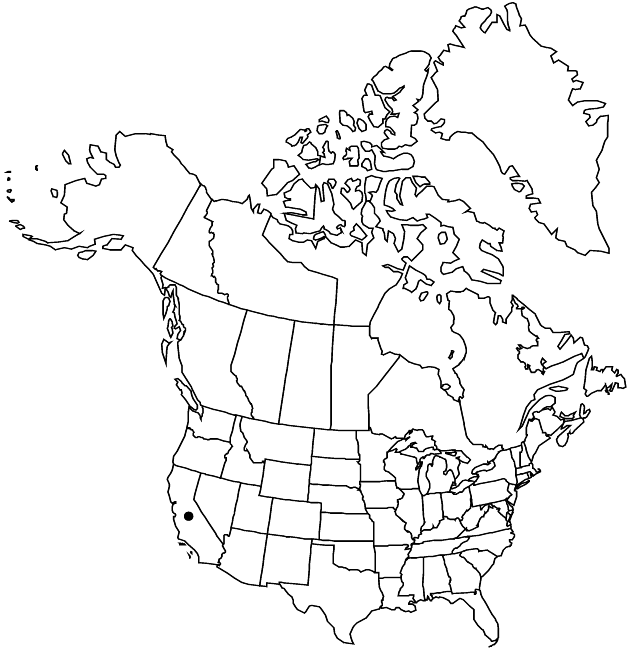Erigeron miser
Proc. Amer. Acad. Arts 13: 372. 1878.
Perennials, 5–25 cm; taprooted, woody [usually not collected]. Stems decumbent-ascending to ascending-erect (caudexlike at bases), white-villous (hairs stiff), minutely glandular. Leaves cauline; blades narrowly obovate, 7–16 × 1–3.5 mm, margins entire, faces white-villous (hairs stiff), minutely glandular. Heads (discoid) 1 or 2–4 in loosely corymbiform arrays. Involucres (3.5–) 4–5 × 7–12 mm. Phyllaries in 3–5 series, glabrous, densely minutely glandular. Ray-florets 0. Disc-florets corollas 3.2–4.5 mm (throats slightly indurate, not inflated). Cypselae 2–2.5 mm, 2-nerved, faces sparsely strigose; pappi: outer of setae, inner of 18–25 (–28) bristles. 2n = 18.
Phenology: Flowering Jul–Oct.
Habitat: Taluses, rock crevices, montane coniferous forests
Elevation: 1800–2600 m
Discussion
Of conservation concern.
Erigeron miser differs from E. petrophilus primarily by its smaller heads; there also are overlapping differences in leaf size, disc corolla length, shape of the style appendages, and numbers of pappus bristles.
Selected References
None.
